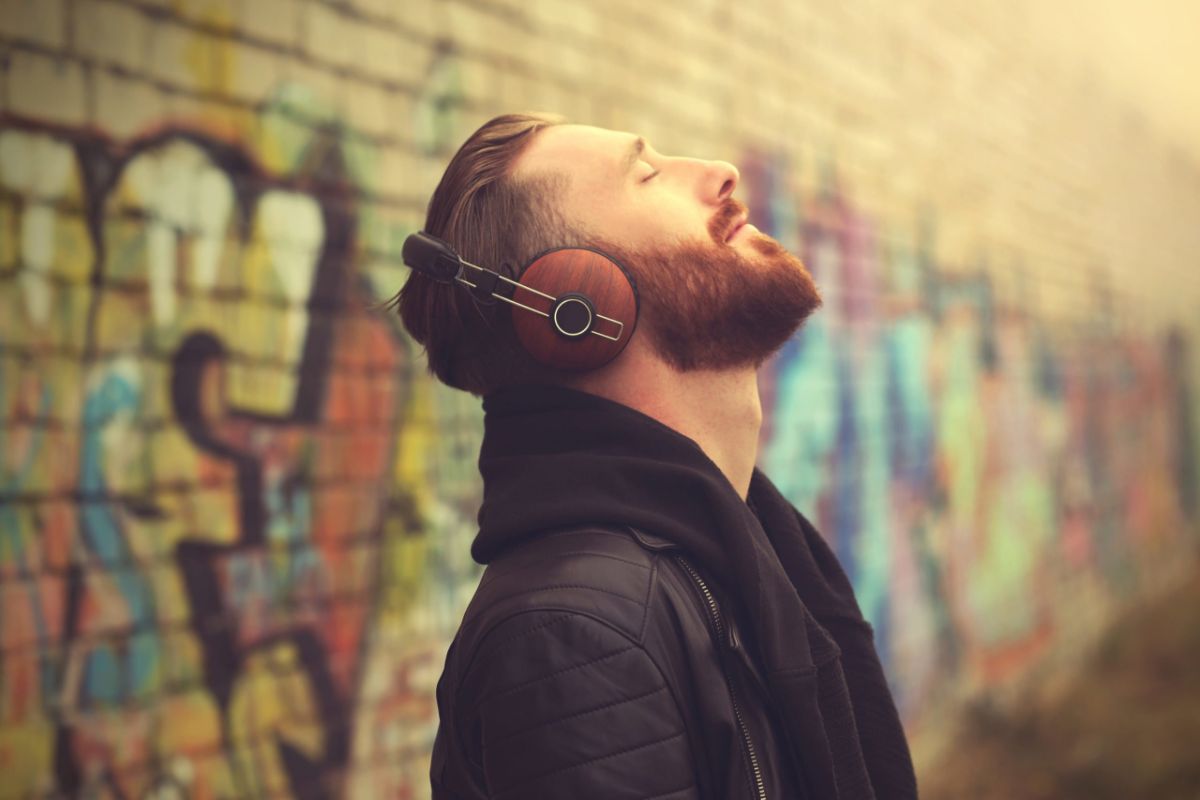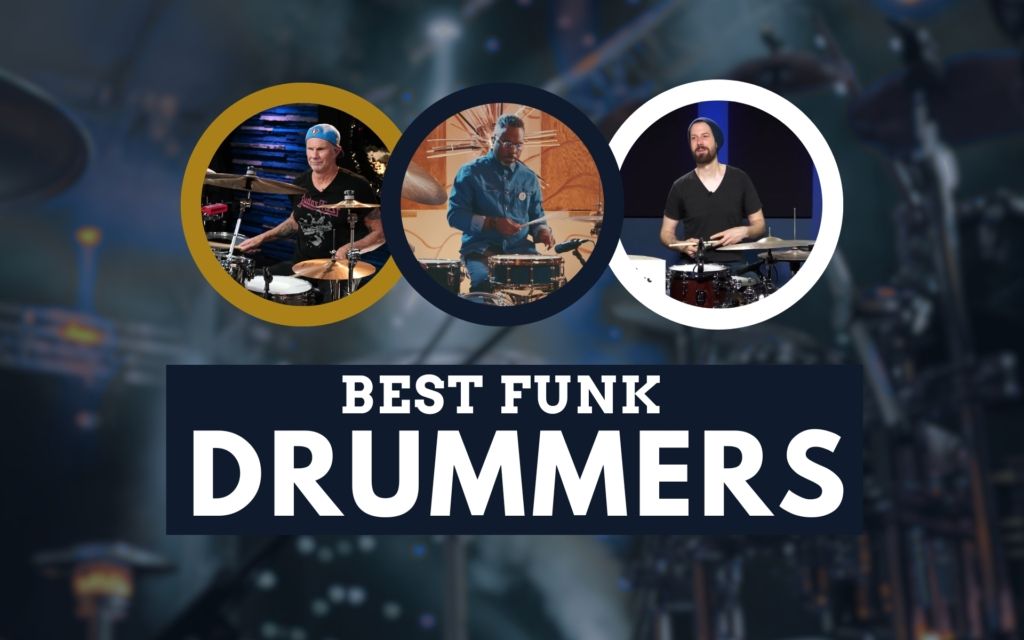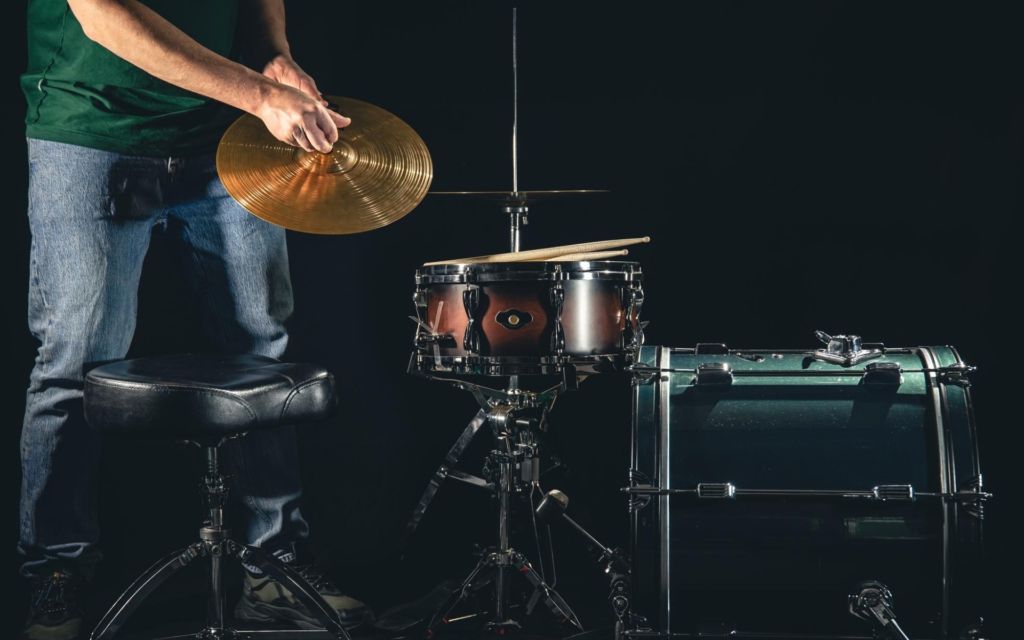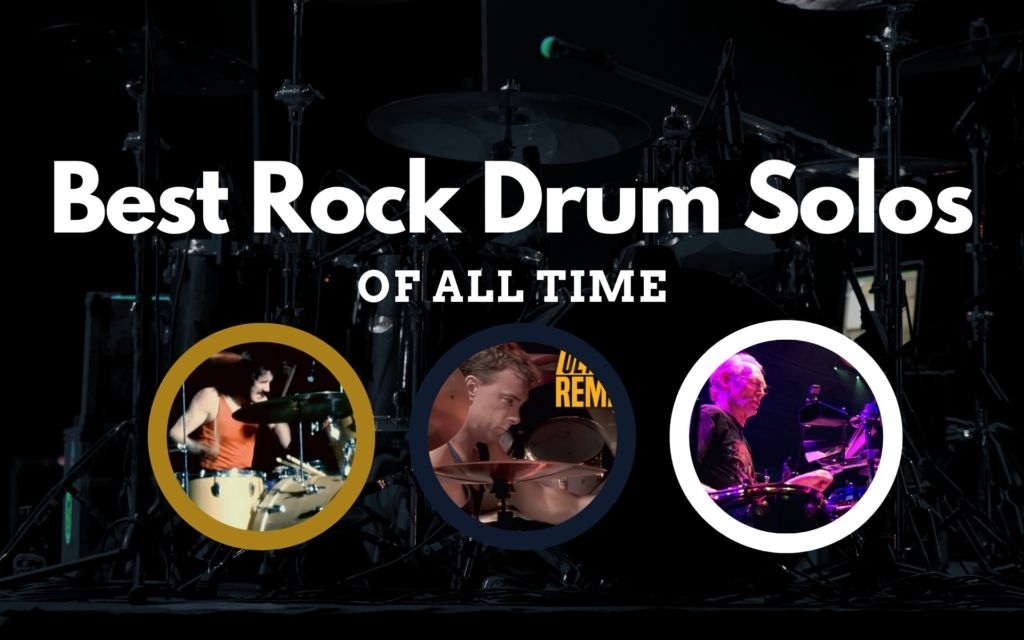Humans are surrounded by music. It is undeniable that it affects people’s moods and emotions. But even more than that, it has the power to transport listeners to a very particular date, time or event. The songs we listen to and love become woven into a neural tapestry reminiscing seasons, people and locations. I will attempt to discover exactly how music engages broad neural networks in the brain and how it can be used in neuro-therapy to help brain injured patients recall personal memories.
Music is a powerful cue in bringing emotional experiences from memory back into awareness. It is a pervasive element of social life and accompanies many significant events throughout one’s whole life. There are many associations between musical elements and emotionally charged memories.
Music plays a prominent role in everyday life for most people. It is a universal phenomenon for a song to trigger a tidal wave of memories and emotions- bringing back nostalgia and a wide range of joyful memories to listeners.
The term nostalgia describes a wistful longing for the past, typically for a period or place with happy personal associations. The word is a learned formation of a Greek compound consisting of two words: ‘nóstos’– a Homeric word meaning “Homecoming”, and ‘álgos’- which meaning “pain”.
Nostalgia’s definition has changed greatly over time, as it was once considered a medical condition similar to homesickness. Nostalgia now, however, is considered to be an independent, and often positive emotion that many people experience often.
Although nostalgia is often triggered by negative feelings, it results in increasing one’s mood and heightening positive emotions, which can stem from feelings of warmth or coping resulting from nostalgic reflections. Music is undeniably a strong trigger of nostalgia, and reliving enjoyable past memories has the ability to provide comfort to listeners.
Scientific studies have found that listening to music engages different neural networks in the brain, including brain regions responsible for motor actions, emotions and creativity.
Finnish researchers made an astounding discovery in 2011 with their scientific study entitled ‘Neurolmage’. The researchers discovered that different aspects within music such as rhythm, timbre and tonality all activate different areas of the brain responsible for motor actions, emotions, and creativity. For this study participants were scanned with functional Magnetic Resonance Imaging (fMRI) while listening to an Argentinian tango.
The researchers correlated temporal evolutions of timbral, tonal, and rhythmic features of the music. While timbral feature processing was associated with activations in cognitive areas of the cerebellum, musical pulse and tonality processing recruited cortical and subcortical cognitive, motor and emotion-related circuits within the brain.
It was also discovered that the processing of musical pulse recruits motor areas in the cerebellum and cerebrum parts of the brain, supporting the idea that music and movement are closely intertwined.
Dr Petr Janata from the University of California published a scientific Journal in 2009 titled ‘The Neural Architecture of Music-Evoked Autobiographical Memories’. The study involved mapping significant areas of the brain while subjects listened to various pieces of music, concluding that specific brain regions linked to autobiographical memories are activated by familiar music. “The discovery helps to explain why music can elicit strong responses from people with Alzheimer’s disease,” explained Janata. The hub that music activated is located in the medial prefrontal cortex region of the brain- and one of the last areas of the brain to atrophy over time due to Alzheimer’s disease.
Janata also made the discovery that the brain tracks tonal progressions within music in the same part of the brain that experiences memories: the dorsal part of the medial prefrontal cortex, as well as the regions immediately adjacent to it. He was able to discover this by creating tonal maps of the chords within musical excerpts and comparing them to their corresponding brain scans.
With this information we can understand exactly how music has a great therapeutic potential for brain-injured patients to elicit autobiographical memories. The fact that the part of the brain which triggers autobiographical memories through music, the medial prefrontal cortex, is one of the last to expire means that lots of Alzheimer’s patients will certainly benefit from listening to music as part of their therapy to relive past memories.
It becomes clear as to why there are various charitable organisations advocating the use of music as a therapy. Music & Memory is a non-profit charitable organisation based in the U.S, which aims to bring personalised music to those struggling with Alzheimer’s, dementia and other cognitive and physical challenges, allowing them to reconnect with the world through music-triggered memories. The company trains elder care professionals to set up personalized music playlists, which are delivered on digital devices for those in care. These musical favourites tap deep memories not lost to dementia and can bring residents and clients back to life, enabling them to feel like themselves again, to converse, socialize and stay present.
The music that patients listen to does not merely provide a short-term amusement. It is scientifically proven to improve quality of life and notably responsible for the reduction of the use of antipsychotic medication in nursing homes in the U.S.A and Canada.
Music has a wholly independent and unique effect upon the minds of listeners, and recalling personal memories is important for the well-beings of patients. Nostalgia triggered from familiar music serves as a coping mechanism and can certainly increase positive self-regard as well as increase social connectedness. Nostalgia typically revolves around memories with beloved and close others, and thus increases one’s sense of social support and provides existential meaning when it is needed.
Music engages the brain in numerous ways, and within various different parts of the brain, and in turn the music helps facilitate cognitive function, and coordinate motor movements. This happens because rhythmic responses require little to no cognitive or mental processing. A person’s ability to engage in music, particularly rhythm playing and singing, remains intact late into the Alzheimer’s disease process because these activities do not require cognitive or mental functioning for success.
━━━━━━━━━━━━━━━━━━━━━━━━━━━━━━━━━━━━━
This article is a guest blog of mine that originally featured on Music Think Tank.









